Description
Litsea grows throughout Asia and recent research from Zhejiang University of Science and Technology (ZUST) and the Chinese State Forestry Administration, reveals natural chemical variations believed to be based on climate (precipitation and temperature), altitude, and other factors unique to the region where each “crop” grows.
As stated in the research study, “Biological activity can vary depending on the composition of the essential oil [28]. Therefore, the bioactivity of EOLC may depend on the area from which it is harvested.”
Note that the current study examined the chemical composition of L. cubeba oil taken from several crops in different provinces.
“Where we regularly come across Litsea higher in d-limonene; these regional variations are often higher in Neral acetate and Geranial (aka Citral), which is sought after for food flavoring, fragrancing, cosmetics, and perfumery. Citral is thought to be anti-bacterial, anti-inflammatory, anti-microbial, anti-parasitic, sedative, and insecticide.”
This current Chinese batch is significantly higher in the aldehydes, ie, Citral, than its Vietnamese predecessor. It has a more ‘lemony’ aroma then the previous batch.
Used in traditional Chinese medicine to treat indigestion, lower back pain, chills, headaches and travel sickness. Blended into a light carrier oil or in a bath, Litsea Oil is often recommended to treat acne, dermatitis, and greasy skin. Please use with extreme caution and very light dilutions. Due to the Citral content of this batch, we would not use on broken or troubled skin. (Reminder, the safe dermal application is 0.7%, 7/10s of one percent.)
Litsea is useful in treating excessive perspiration, flatulence, and indigestion. Recent research indicates that it may have a use in treating cardiac arrhythmia. It is also an anti-spasmodic, specifically of the bronchia, and thus can be helpful in treating an asthma attack. I know of one aromatherapist who uses it at the start of a headache. We have had clients who swear by a blend of Litsea Cubeba and Ammi Visnaga to help them control their chronic asthma. (And Litsea certainly improves the aroma of the Ammi visnaga!)
Litsea is widely used in the perfume and soap industries, providing a lemon-scented base note, often used to “anchor” the scents of the true citrus top notes that are far too fleeting.
Recent research indicates that it may have a use in treating cardiac arrhythmia. It is also an anti-spasmodic, specifically of the bronchia, and thus can be helpful in treating an asthma attack. I know of one aromatherapist who uses it at the start of a headache.
According to Kurt Schnaubelt, Litsea is used for calming and as an anti-inflammatory. He also states that it is be anti-viral and regenerative. Schnaubelt also recommends it for herpes (although in my experience Melissa is THE oil for herpes!).
WARNING: Contains citral, a strong sensitizer. Avoid use on broken skin. Avoid use during pregnancy (see this blog post on High Citral Oils vs Pregancy ). Maximum dilution for topical use: 0.7% (4 drops per fluid ounce). Please also see our blog post on the benefits of inhalation vs. ingesting essential oils. Also use is cautioned as it may affect diabetes.
SHELF LIFE: Approximately 2 to 3 years after you open the bottle. Storing in the dark, refrigerated, and decanting half full bottles into smaller, full bottles will extend shelf life.
Certificate of Analysis:
Batch No. CH-140560
Batch No. CH-P46389
Batch No. VE-57109
Batch No. VE-58978
Batch No. CH-59147
BLENDS WITH: Ammi Visnaga, Palma Rosa, and Vetiver, as well as the true citrus oils, Lavender, Chamomile, and Frankincense.









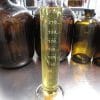
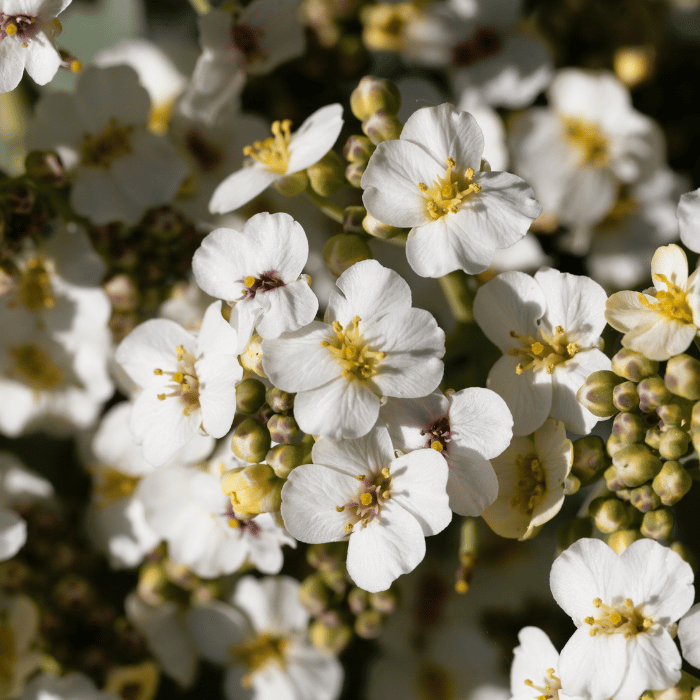
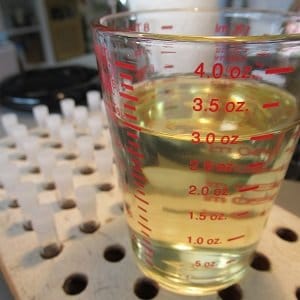
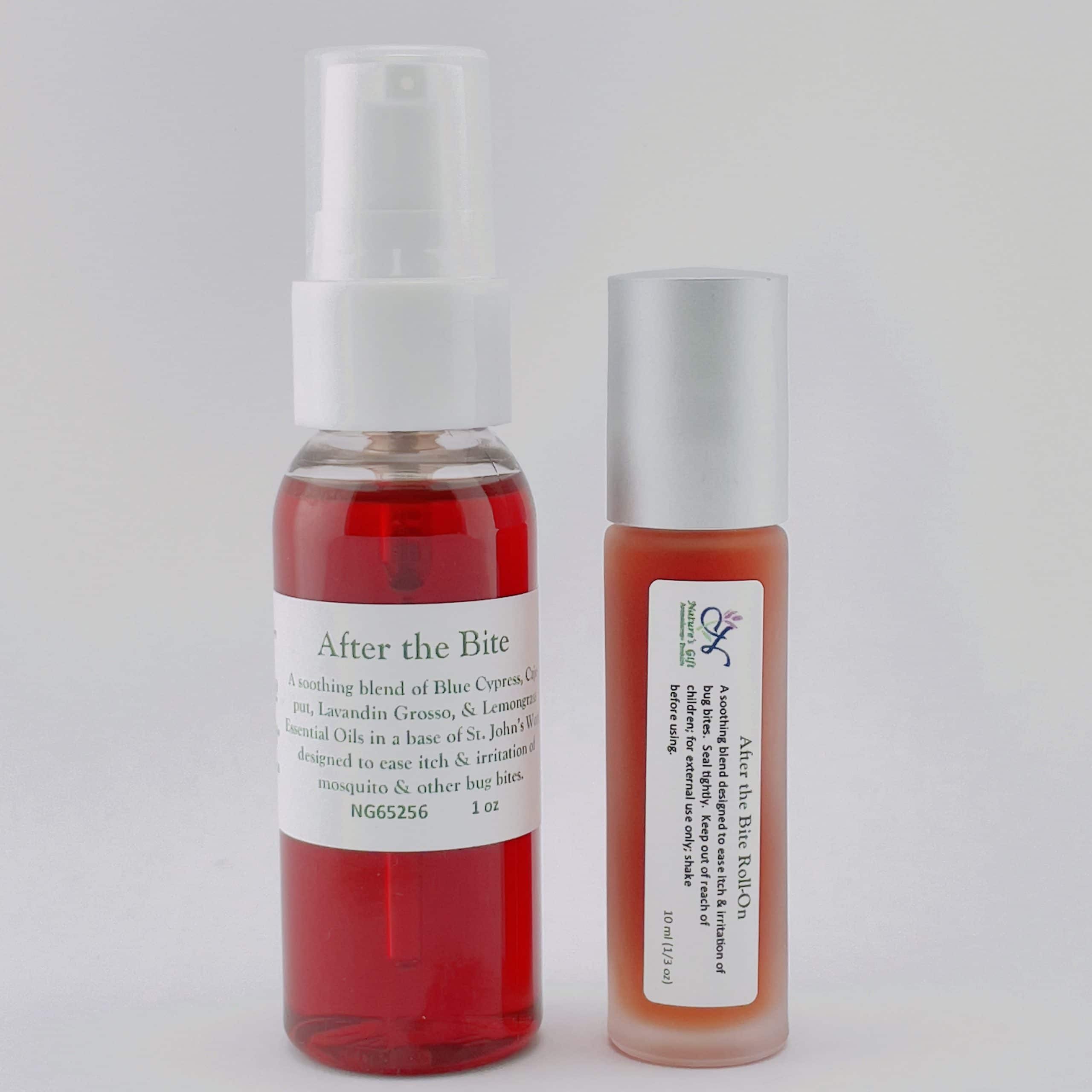

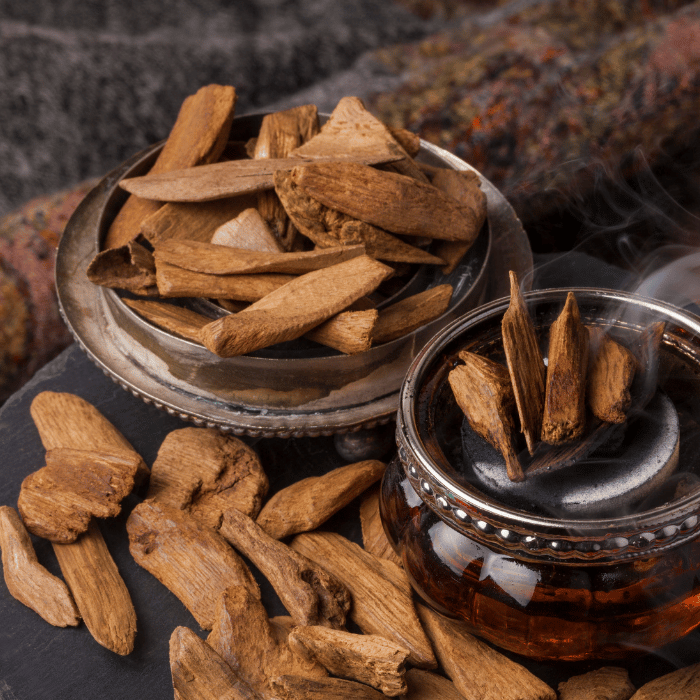
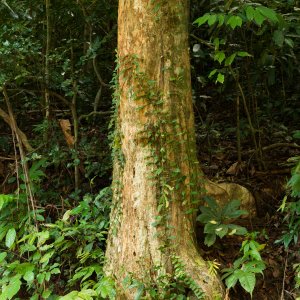
Anonymous (verified owner) –
Justin Fabre (verified owner) –
Bought this to add to my insect repellent synergy blend based on the success of use of this and another Litsea species in lab experiments involving Aedes aegypti mosquitos. The citral content gives the blend a warm citrus note to the otherwise wood-and-grass-heavy blend.